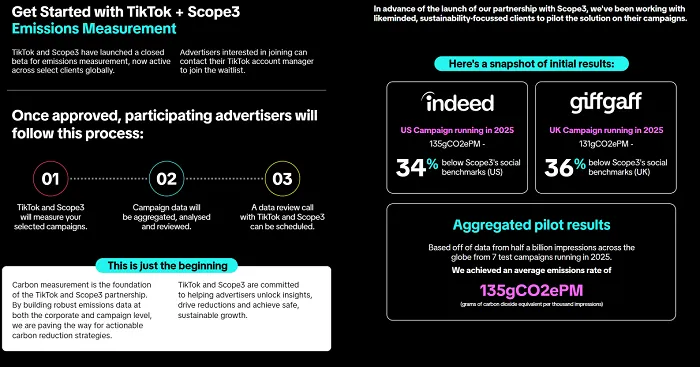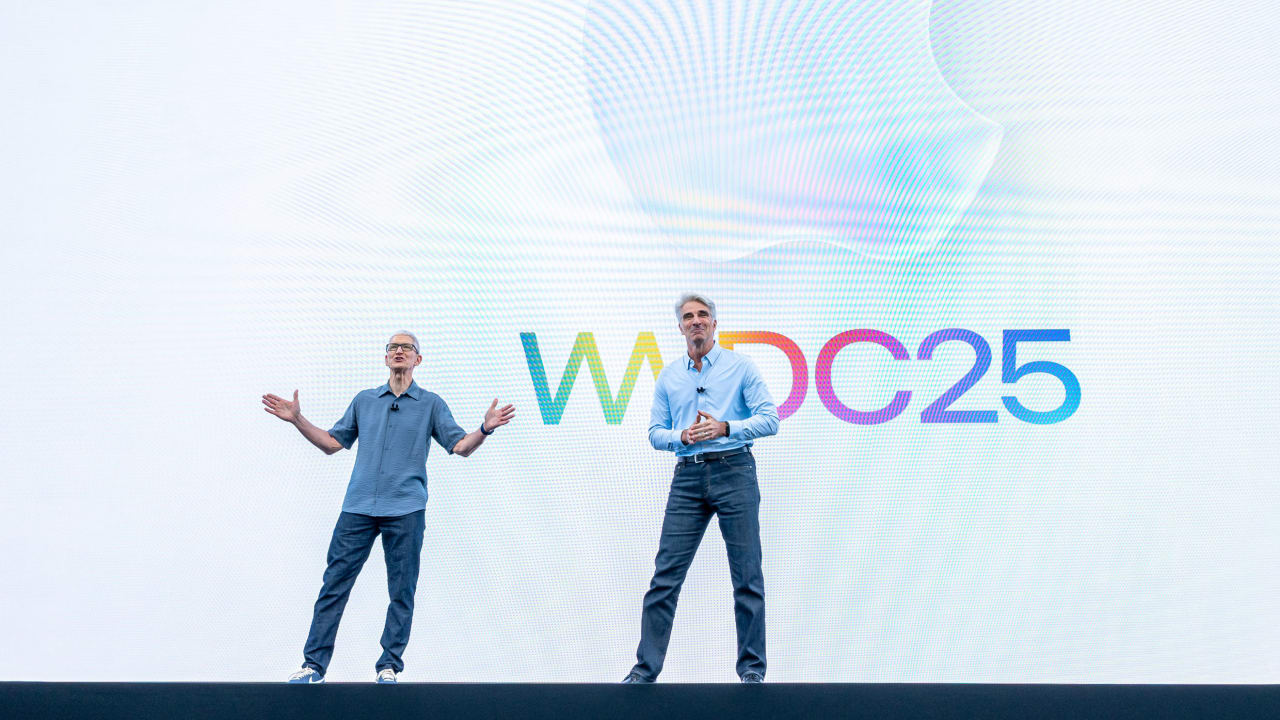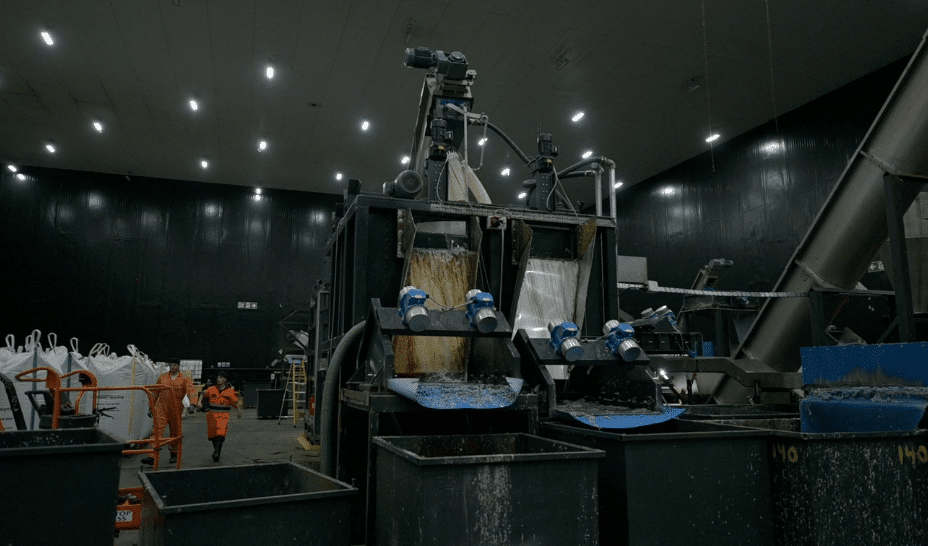AI: Assisting, Automating, and Accelerating Help Desk Operations
AI is no longer a luxury — it’s a necessity. Companies that don’t integrate AI will struggle to compete in the evolving digital landscape,


Shalin Jain embraced his love of tech early on, with five years of coding experience and three years of entrepreneurship under his belt by the time he left college. His tech odyssey started in his teens. While still in high school, he taught himself to code, experimented with designing software, and launched his first entrepreneurial venture at just 17 years of age.
Today, as the CEO of HappyFox, he is at the forefront of transforming help desk and service desk operations through AI. His company’s AI-powered solutions are reshaping customer service and internal IT support, significantly improving response times, efficiency, and user satisfaction. Jain, also an early adopter of Amazon Web Services (AWS), has leveraged cloud computing to scale operations seamlessly, ensuring HappyFox delivers uninterrupted, high-quality service to its customers.
The journey of a tech wunderkind
While pursuing a Bachelor of Science degree in Statistics at Loyola College, Chennai, Jain was already running multiple businesses, as well as keeping an eye on developments and potential of AI. “Back then, AI was still evolving —it was more about machine learning than what we see today. But I was always fascinated by its future potential, thanks to sci-fi movies and gaming that envisioned how AI would shape the world,” he recalled.
His first major success came in 2005, when he built an on-premise service desk tool. When he recognized the power of cloud computing, he made the swift decision to transition to AWS in 2012. This shift enabled HappyFox to become 100% cloud-based by 2013, setting the stage for rapid global expansion.
HappyFox is, fundamentally, a help desk and service desk company, designed to enhance support experiences for both employees and customers. Its clients include companies seeking to improve their customer service, as well as businesses needing internal IT support.
“Our goal is to ensure users get fast, efficient resolutions to their queries — whether it’s an e-commerce customer needing product assistance or an employee requiring IT support” said Jain.
HappyFox operates on a subscription-based model, where companies pay-per-event or usage, making the service scalable and cost-effective. Today, thousands of companies across the globe rely on it to manage their service operations efficiently.
Handling large-scale traffic with AWS
Managing millions of support interactions globally is no easy feat. However, HappyFox has successfully maintained seamless, 24x7 operations using AWS’s scalable cloud infrastructure.
“We’ve implemented auto-scaling mechanisms and advanced security protocols to handle massive traffic volumes efficiently,” Jain said, adding “AWS has kept pace with changing needs, introducing elastic load balancing and distributed workloads that allow us to scale effortlessly without requiring a massive DevOps team.” This strategic cloud-first approach has enabled the company to maintain high availability and fast response times, even during peak demand periods. It has also used AI effectively to cut response times and costs.
AI is now embedded in every layer of HappyFox’s operations. From customer interactions to internal quality assurance, marketing, and development, AI has driven significant efficiency improvements. For instance, AI-powered chatbots resolve user queries instantly, preventing the need for ticket submissions. There’s AI-powered support for customer service agents that auto-generates reports, predicting issues, and automating responses. AI is also integrated into tools which help streamline internal workflows.
“Our enterprise clients have seen significant reductions in ticket volume, while response times have dropped from 18-24 hours to under 4-6 hours,” said Jain, adding, “Such drastic improvements were unimaginable before AI.”
When it comes to fine-tuning AI models, HappyFox has found AWS Bedrock very useful. In fact, it has been a heavy user of AWS Bedrock, the AI service that provides access to a choice of Large Language Models (LLMs).
On Bedrock, Jain said “AWS Bedrock offers a lot of flexibility — allowing us to switch between foundational models without rebuilding infrastructure. We were among the early movers in deploying some of the AWS models in production.” Bedrock has helped HappyFox rapidly develop and deploy AI-driven solutions, ensuring businesses reap the benefits of AI without heavy infrastructure investments.
The AI evolution: where are we now?
Reflecting on AI’s evolution, Jain pointed out that the biggest shift has been in consumer and enterprise adoption. He said, “Earlier, AI was used behind the scenes — powering recommendations, fraud detection, and analytics. Now, AI is front and center. Customers expect instant resolutions, and they often prefer AI assistance over waiting for a human agent.” Jain believes that AI’s future lies beyond software — integrating into the physical world. “We’re already seeing AI-powered self-driving cars, robotic warehouse operations, and AI-assisted surgeries. Soon, humanoid robots will handle real-world tasks that were once exclusively human,” he said.
Evolving from a backend assistant, AI will be an active participant in daily life — driving efficiency across industries like healthcare, logistics, and even creative fields. But do people know how best to use AI?
Despite AI’s rapid growth, Jain believes there’s still a learning curve. “Many companies don’t fully understand how to integrate AI effectively. Some assume AI will ‘just work,’ without realizing it requires proper training and implementation,” he said.
HappyFox has taken a proactive approach by offering AI training sessions for clients, ensuring that they maximize AI’s potential. Jain also noted that once AI is deployed, it becomes indispensable. “Switching off AI would be like removing computers from an office — it’s simply not an option anymore.”
An AI-Driven Workforce
With AI transforming workflows, Jain believes that the definition of a productive employee will also evolve.“Every employee today needs to be an AI player — not just technically skilled but also capable of leveraging AI effectively. The companies that master AI-driven work processes will outpace their competitors,” he said.
While AI is undeniably a powerful change agent, Jain acknowledges that human judgment remains critical. “AI can accelerate decisions, automate workflows, and enhance efficiency. But ultimately, human oversight is key — especially in areas requiring strategic thinking, ethics, and creativity,” he emphasised. In the future, AI will not replace humans, but will instead augment human intelligence, enabling smarter, faster decision-making.
Outside of work, Jain is a music enthusiast. He plays the piano and guitar and is learning vocals. He also picks up a new hobby every six months — ranging from mountain climbing to road biking. As for staying ahead in the fast-paced AI space, he immerses himself in cutting-edge AI research. He is a regular attendee at AWS re:Invent, a learning conference hosted by AWS for the global cloud computing community. It gives him a chance to interact with AWS engineers and AI researchers, and know more about future product roadmaps.“My focus is on LLMs, humanoid robotics, self-driving tech, and AI applications. It’s critical to stay ahead of the curve, and AWS has been an incredible partner in that journey,” said Jain.
As AI continues to reshape industries, Jain sees it becoming an integral part of everyday work and decision-making, saying “In the near future, every major business operation will involve AI. However, companies need to ensure they are implementing AI the right way — balancing efficiency with human judgment,”
For businesses which are yet to embrace AI, Jain has a simple message: “AI is no longer a luxury — it’s a necessity. Companies that don’t integrate AI will struggle to compete in the evolving digital landscape.” And for those who do integrate AI in their daily operations? The possibilities are limitless.











![The Most Searched Things on Google [2025]](https://static.semrush.com/blog/uploads/media/f9/fa/f9fa0de3ace8fc5a4de79a35768e1c81/most-searched-keywords-google-sm.png)
![What Is a Landing Page? [+ Case Study & Tips]](https://static.semrush.com/blog/uploads/media/db/78/db785127bf273b61d1f4e52c95e42a49/what-is-a-landing-page-sm.png)


















































































































































































